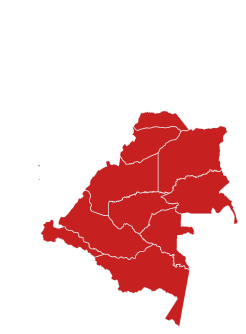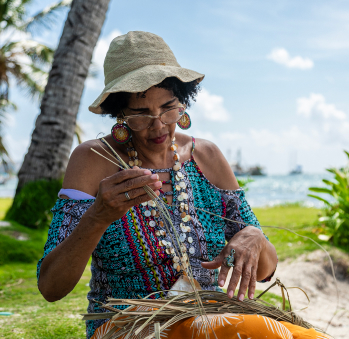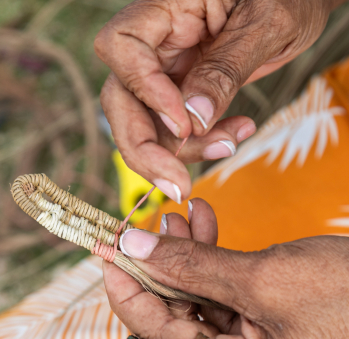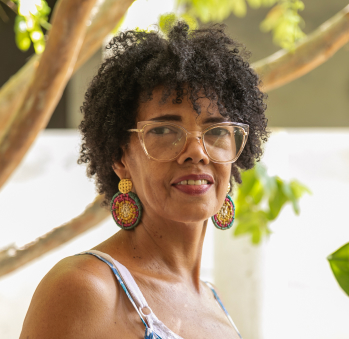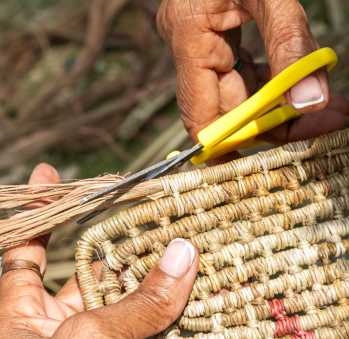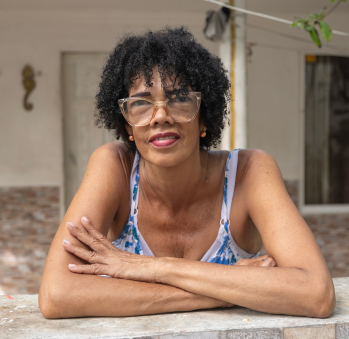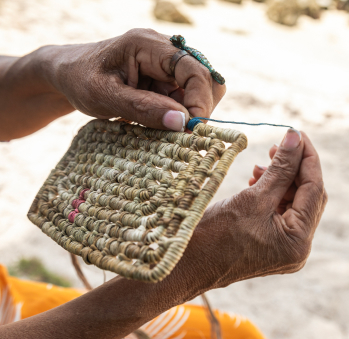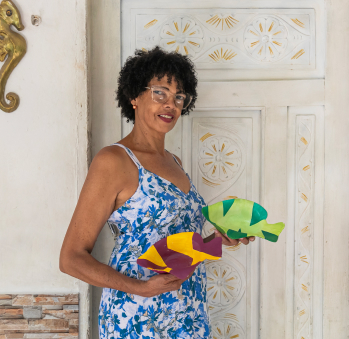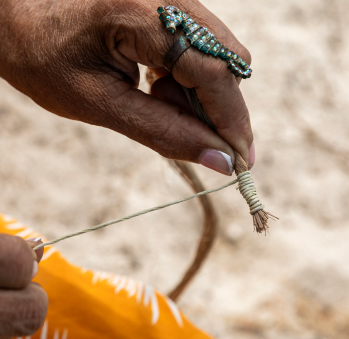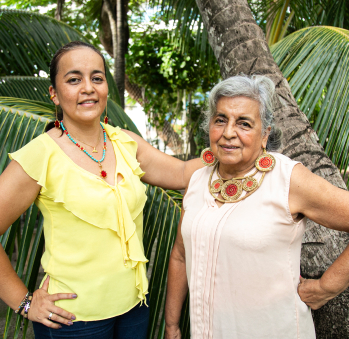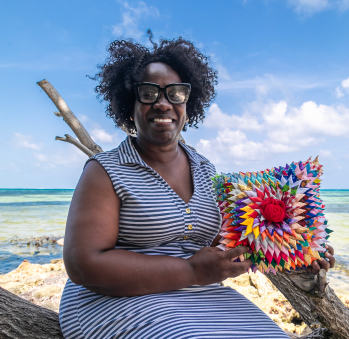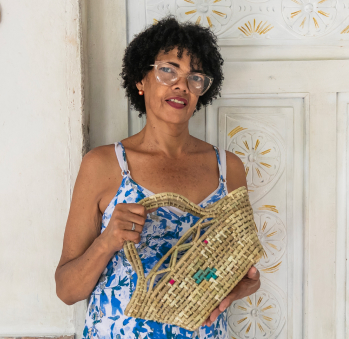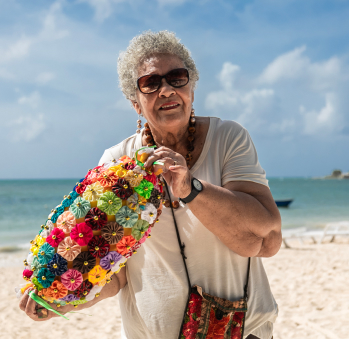Martha Lucía Forbes
Workshop: Winmartarts
Craft: Tejeduría y trabajo en papel
Trail: San Andres Route
Location: San Andrés, San Andrés y Providencia
Miss Martha Forbes proudly asserts that being Raizal is something worth celebrating. A native daughter of the San Andrés archipelago, she fondly reminisces about her grandfather, Cornelio Parra. His ancestors settled in Medellín and Pereira, and on the island, he was known as Mister Cornell. She lovingly narrates the beginning of his love story with the island: a tall white man who fell deeply in love with a short black woman from Providencia named Miss Alborda Steele. This romantic tale is woven through the two mother tongues that converge within it—Spanish and Kriol.
Her family represents an illustration of the settlement trends, also referred to as the “”Colombianization,”” of San Andrés, Providencia, and Santa Catalina. This transformation began in the early twentieth century when members of the Catholic Church, people from continental territories—mainly Antioquia and the Caribbean coast—and Syrian-Lebanese families arrived on the islands. Following the loss of the Panama Canal, Colombia experienced a surge in national fervor, which included efforts to establish roots in the archipelago and renaming it Puerto Libre in pursuit of prosperity.
For Miss Martha, being an islander means speaking about the sea, but above all, about fishing. She recalls Mr. Cornell’s expeditions fishing for stingrays or preparing baskets for catching mollusks. These tasks became the foundation of her manual dexterity. Grid patterns are often seen in the crochet weavings of San Andrés women. This motif was repeated in her mother Mercedes’s tablecloths, as well as in the baskets, fans, and vessels crafted with Wildpine fibers. This maritime world celebrates the sustenance and vitality of an entire community through the beauty of their artisanal trades.
Her childhood memories hold a special place in her heart. She used grassbone, a rigid straw-like weed now used in basketry, to fashion dolls, employing it as doll hair in a playful manner. Around the age of 13, she would manipulate the thin clay found in the patio, creating small balls, allowing them to dry, and painting them with nail polish. These were her initial forays into jewelry-making, a clear homage to the elegance of Raizal women. She vividly recalls the impeccable attire her elders wore to Sunday mass and the meticulous hair straightening done by gospel-singing women using hot metal combs on Saturdays.
Miss Martha learned about Wildpine work from Miss Rosalee Watson, joining her in travels across the country and abroad, showcasing their beautiful creations. Like any good mentor, Miss Rosalee allowed her to forge her own path, but Miss Martha will always cherish their bond and the guidance that shaped her into the position she holds today. She takes great pride in exhibiting her totumo vessels adorned with Wildpine details and her woven bottle plugs—examples of how she’s transformed home décor into acts of pure beauty and originality. Delving into papier-mâché work, she creates pieces depicting painted sea and sunset scenes. Acknowledging her role as a Wildpine ambassador, she utilizes this raw material to showcase her territory—a stunning island known by the beautiful name of San Andrés.
Craft
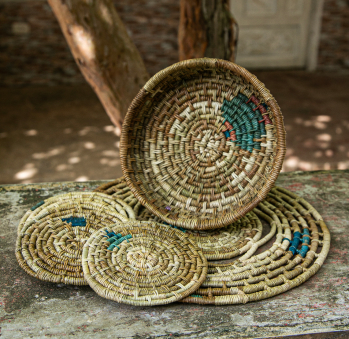
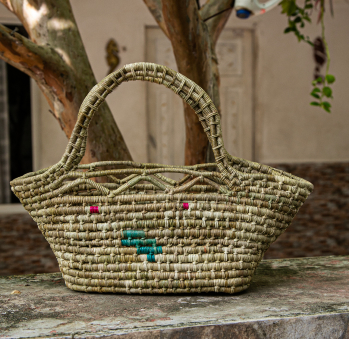
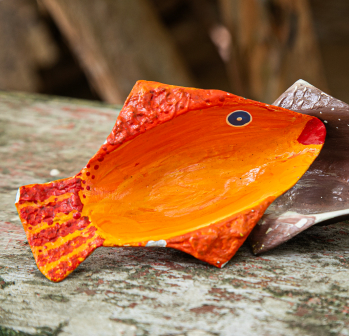
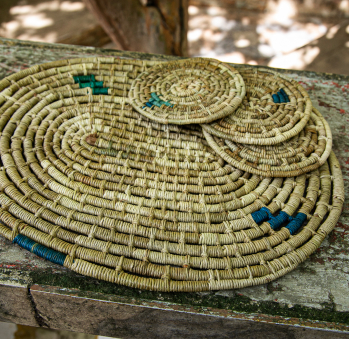
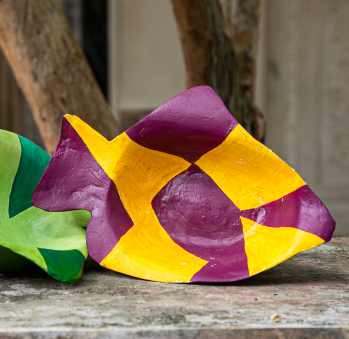
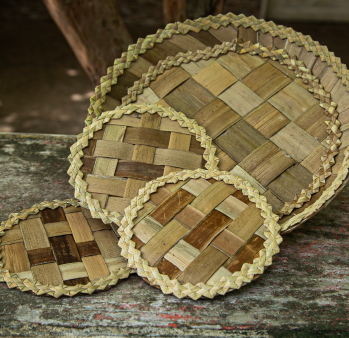
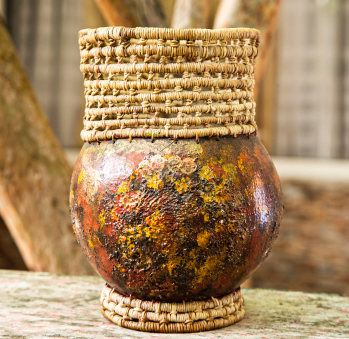







Artisans along the way
Artisans along the way
No puede copiar contenido de esta página

